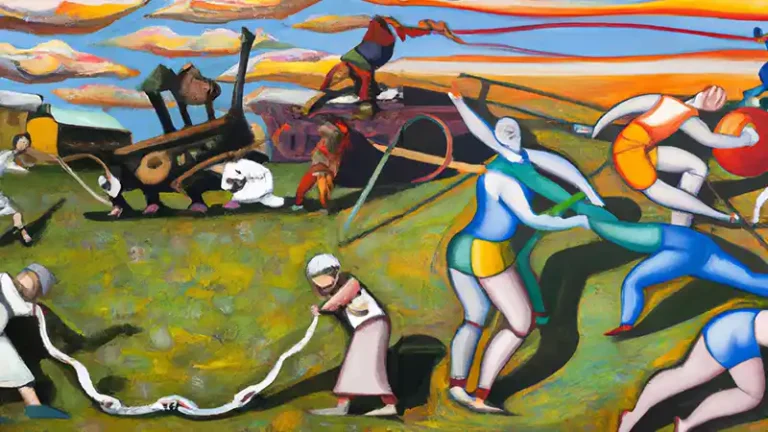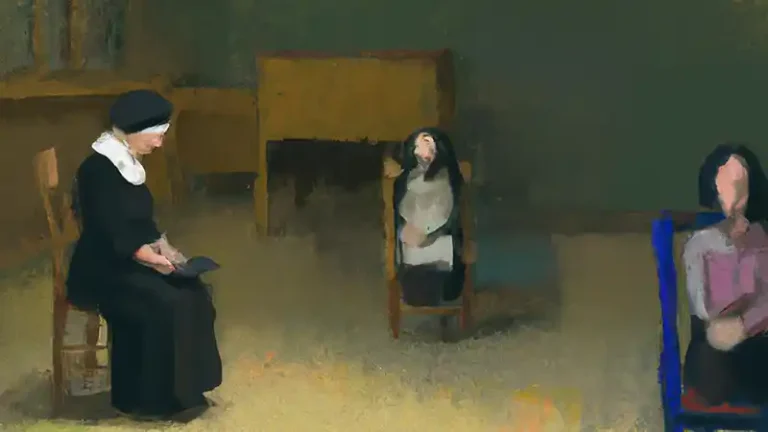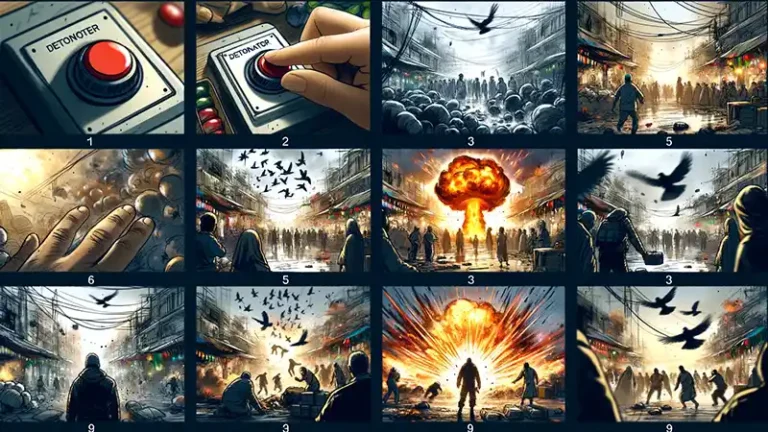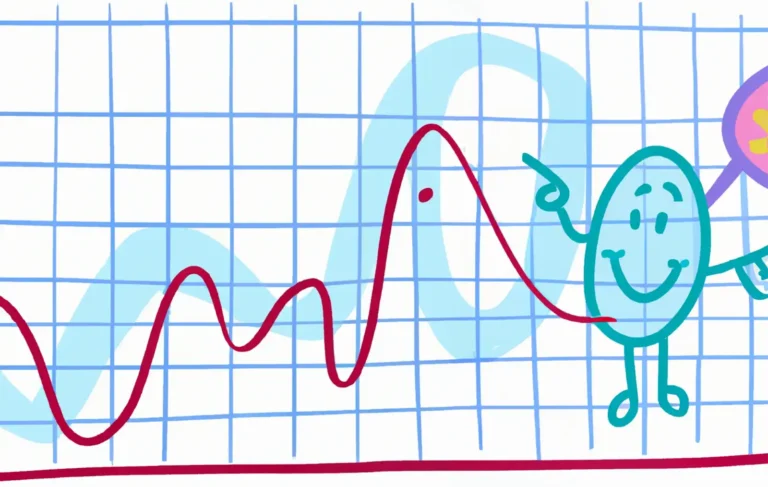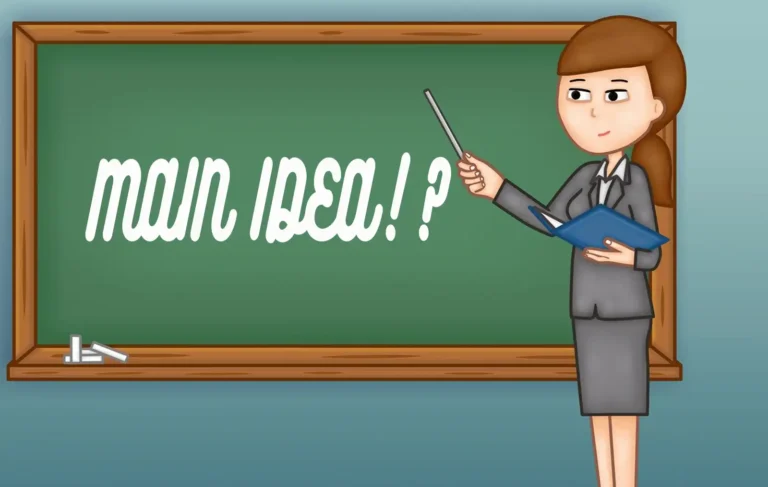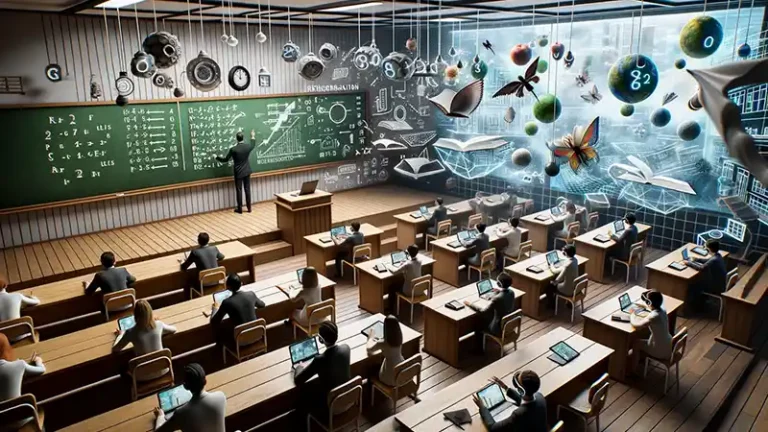Using AI to Generate Tiered Texts for Differentiated Learning
Introduction
If you’ve ever dabbled in the realm of differentiated instruction, you know how valuable tiered texts can be. The dawn of Artificial Intelligence (AI) has brought with it the opportunity to supercharge classroom scaffolding like never before. Let’s dive right in!
What’s up with Tiered Texts and AI?
Tiered texts, if you’re new to the concept, are simply versions of the same reading material, differentiated to suit varied reading levels. Think of it as one story, but told in different complexities. The goal? Every student, whether they’re a reading rookie or a literary luminary, gets to grasp the same content, but at their unique pace and depth.
Now, crafting these texts manually can be time-consuming. Enter AI. By using AI, we can instantly generate multiple versions of the same text, ensuring every student feels both challenged and supported.
Benefits of Using AI for Tiered Texts
- Efficiency: No need to spend hours creating different versions of the same content. AI can do it in a jiffy!
- Consistency: All versions remain true to the original content, ensuring consistent learning objectives across reading levels.
- Personalization: Tailor content to specific students’ needs by adjusting the complexity using AI parameters.
Sample Lesson Plan Using AI-Generated Tiered Texts
Topic: The Life Cycle of a Butterfly
Objective: Students will understand and describe the four stages of a butterfly’s life cycle.
- Start:
- Begin with a brief video about the butterfly life cycle.
- Pose a question: “How do butterflies transform during their lifetime?”
- Using AI-Generated Tiered Texts:
- Level 1: A simplified description with basic vocabulary and shorter sentences.
- Level 2: A moderately detailed version, introducing some scientific terms.
- Level 3: An in-depth version with comprehensive details and scientific terminology.
- Distribute the tiered texts based on students’ reading abilities.
- Activity:
- Students read their assigned tiered text.
- Following this, they work in mixed-level groups. Each student explains their version, allowing for peer-teaching.
- Conclusion:
- Have a class discussion, ensuring that everyone understands the four stages.
- Set a quick quiz to test comprehension.
- Homework/Extension:
- Use AI to generate tiered questions about the life cycle. Distribute according to reading levels.
- Students answer and discuss in the next session.
Creating Tiered Texts
Using ChatGPT, I created three short variations of the same handout. I only changed the formatting for easier reading. You have the original text already, you might find our Tiered Text Tool quicker.
Tiered Text Level 1:
The Life Cycle of a Butterfly: A Simple Story
Did you know that a butterfly goes through big changes during its life? It’s like magic! Let’s learn about these steps together.
- Egg:
- Our butterfly story starts with a tiny egg. The mother butterfly lays it on a leaf.
- Caterpillar:
- After some days, a small, wiggly creature called a caterpillar comes out of the egg. It loves to eat and gets bigger quickly!
- Chrysalis:
- Once the caterpillar is big enough, it hangs upside-down and wraps itself in a case called a chrysalis. Inside, it’s busy changing.
- Butterfly:
- Finally, the case opens, and out comes a beautiful butterfly! It has colorful wings and can fly around.
And that’s how a tiny egg becomes a lovely butterfly! Isn’t nature amazing?
Tiered Text Level 2:
The Life Cycle of a Butterfly: A Fascinating Journey
Butterflies are amazing creatures. Have you ever wondered how they come to be? They go through a process with several steps to become the beautiful insects we love. Let’s explore these stages.
- Egg:
- The first stage starts with an egg. A female butterfly carefully lays her eggs on the leaves of plants. This is because, when the next stage begins, they’ll have immediate food.
- Caterpillar (or Larva):
- After a while, a little caterpillar, also called a larva, hatches from the egg. This caterpillar has one major job: to eat! It munches on leaves and grows bigger and stronger every day. As it grows, it sheds its skin several times – this is called molting.
- Chrysalis (or Pupa):
- After the caterpillar has eaten enough, it finds a safe spot and transforms into a chrysalis, or pupa. This isn’t just a resting phase. Inside the chrysalis, a lot of changes are happening. The caterpillar is transforming into a butterfly!
- Butterfly (or Adult):
- And then, the magic moment arrives. The chrysalis opens, and a beautiful butterfly emerges. It takes some time for its wings to dry and become strong. Once they’re ready, the butterfly starts its new life, flying and exploring.
From a tiny egg to a flying wonder, the journey of a butterfly is truly special. Can you imagine going through so many changes in your life?
Tiered Text Level 3:
The Intricate Life Cycle of a Butterfly: A Deep Dive
Butterflies, with their vibrant wings and elegant flight, are more than just visual delights. Their existence is the result of a complex, multi-stage process that intertwines growth, metamorphosis, and survival strategies. Let’s venture into the advanced aspects of the butterfly’s life cycle.
- Egg:
- This initial stage commences when a female butterfly deposits her eggs on a carefully chosen plant. This selection isn’t arbitrary; it’s driven by an evolutionary adaptation ensuring the caterpillar, when hatched, has the right kind of food source readily available.
- Caterpillar (Larval Stage):
- Emerging from the egg is the caterpillar or larva, a voracious eater. This phase is crucial for the butterfly’s life cycle, as rapid growth occurs. The caterpillar’s skin doesn’t grow, so to accommodate its increasing size, it undergoes a series of molts where it sheds its old exoskeleton. Interestingly, some caterpillars have unique patterns and structures that act as deterrents to potential predators, emphasizing the role of natural selection in their development.
- Chrysalis (Pupal Stage):
- Once the caterpillar reaches its full size, it anchors itself to a suitable substrate, forming a protective shell around itself called a chrysalis or pupa. Inside this encasement, one of nature’s most astonishing transformations occurs. Cells differentiate, reorganize, and the caterpillar’s body essentially liquifies. Slowly, the anatomy of a butterfly forms from this soup of cells—a process called metamorphosis.
- Butterfly (Adult Stage):
- The chrysalis eventually cracks open, revealing the butterfly. It takes a few hours for the butterfly’s wings to harden and become flight-ready. As adults, butterflies play a pivotal role in pollination, helping plants reproduce. They also embark on breeding, ensuring the continuity of their species.
Understanding the nuances of the butterfly’s life cycle offers insights into the marvels of biology, adaptation, and the intricacies of evolution. Every stage, though distinct, is integral to the butterfly’s journey from a minute egg to a fluttering adult.
Wrapping Up
In the example, I had ChatGPT create the articles from scratch. If you give the AI a chunk of text to work with, it can create different variations of the text, ensuring that you get specifically the text you wish. tiered texts and differentiated instruction has never been easier to create. The potential here is vast – imagine the possibilities of truly personalized learning for each student! The future of differentiated instruction is bright and AI-optimized.

